SUMMARY
This is AI generated summarization, which may have errors. For context, always refer to the full article.
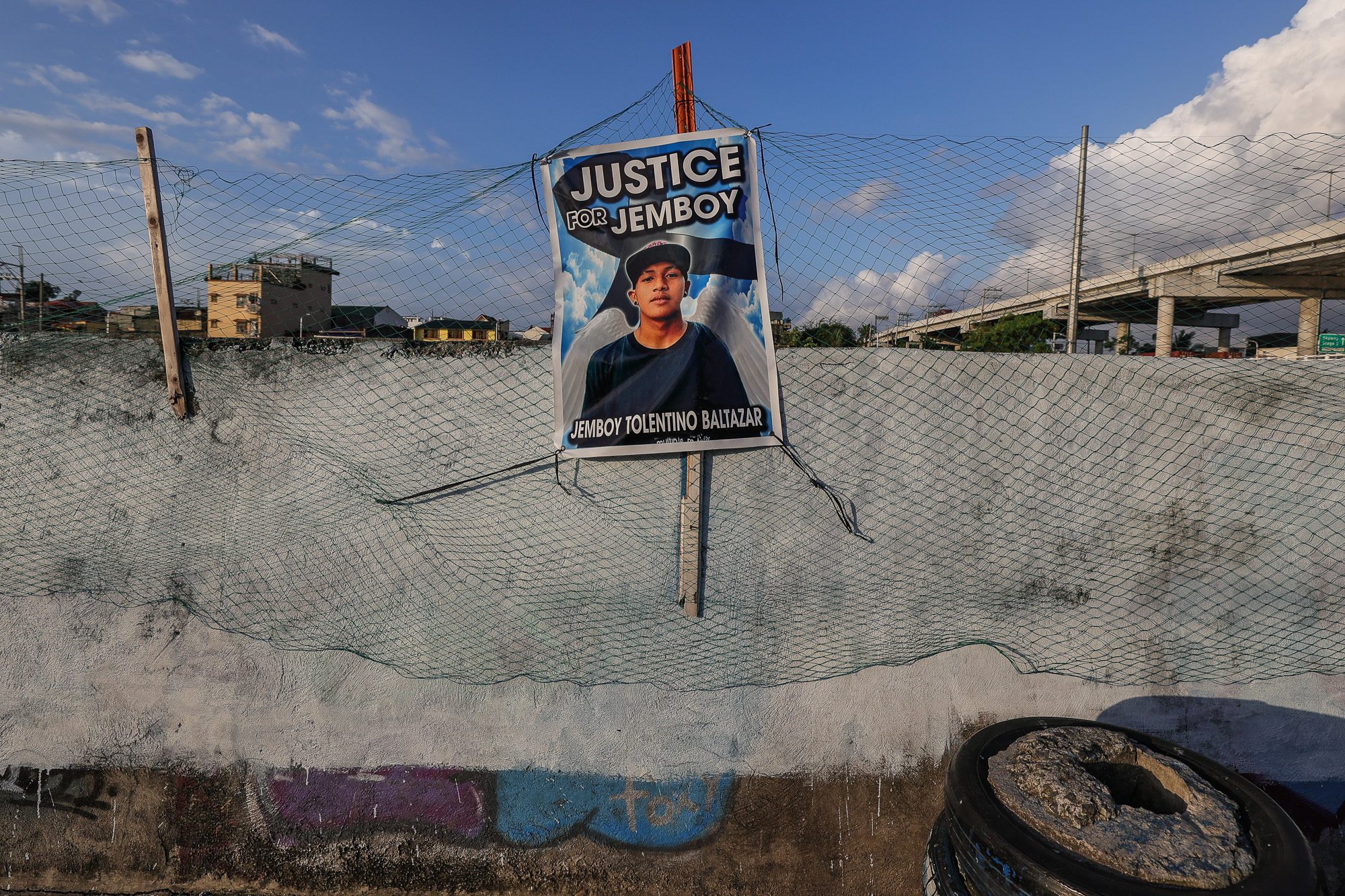
MANILA, Philippines – Jerhode “Jemboy” Baltazar, the 17-year-old killed by cops in Navotas City, died due to brain injuries caused by a gunshot with drowning as a “contributory cause,” forensic pathologist Dr. Raquel Fortun said on Friday, August 11.
Fortun, who conducted the examination on Baltazar’s remains, told Rappler on Friday, that the boy died due to “craniocerebral injuries due to perforating gunshot of the head, with asphyxia from drowning as contributory cause.”
Fortun said that the manner of Baltazar’s killing was homicide. “Right now, I think if he had not fallen into the water he could have survived; the brain injury was not immediately fatal,” she added.
The forensic pathologist said the boy also sustained a gunshot wound in the hand – a defensive injury – which indicates that Baltazar had defended himself when the cops shot at him. Fortun said she was still waiting for brain cutting and routine histopathological procedure on the boy’s remains.
Rappler had asked for a copy of Baltazar’s death certificate.
On August 2, Navotas cops gunned down Baltazar while he and his friend were boarding a boat in Barangay NBBS Kaunlaran. The cops mistook Baltazar for the shooting suspect they were pursuing. His friend survived, but Baltazar died and remained submerged in the river for hours before his remains were recovered.
The police claimed the 17-year-old boy jumped off the boat, but Baltazar’s eldest sister, Jessa, told Rappler that her brother did not jump, but rather fell into the water after sustaining gunshot wounds. The findings Fortun shared to Rappler corroborate Jessa’s narration.
According to Jessa, the teen was shot in the back of the neck, and the bullet exited through his nose. Baltazar also sustained a gunshot wound in his hand – just like Fortun’s findings – according to Jessa.
On Friday, Baltazar’s mother, Rodaliza, arrived in the country for the teen’s wake. Rodaliza, an overseas Filipino worker, learned about her son’s tragic death while she was working in Qatar.
Review on police procedure
On Thursday, Interior Secretary Benhur Abalos, who oversees the Philippine National Police (PNP), went to Baltazar’s wake. He said he will meet with PNP officials to discuss the police’s operational procedure.
“Magkakaroon kami ng meeting with the PNP leadership at pag-uusapan namin kung ano’ng dapat gawin dito. We will revisit all of their modes of procedure at ‘yong tinatawag na command responsibility, kung up to what level [ang liability] para hindi na maulit ito,” Abalos said in a DILG statement sent to reporters.
(We will have a meeting with the PNP leadership, and we will discuss the necessary actions in this case. We will revisit all of their modes and procedure, including the command responsibility – up to what level should be liable – to avoid incidents like this from happening again.)
As of August 9, the six cops tagged in Baltazar’s killing had been detained, relieved from their posts, and slapped with a homicide complaint. Abalos added that administrative complaints had been filed against the cops, but has yet to disclose the specific complaints filed.
In an earlier interview with Rappler, Navotas City police chief Police Colonel Allan Umipig admitted that cops made a misjudgment during the operation when they fired their guns at Baltazar.
Rule 6.2 of the PNP operations manual encourages the use of megaphones and similar instruments during actual police operations “to warn or influence the offender/s or suspect/s to stop and/or peacefully give up.”
In addition, rule 6.3 prohibits the use of warning shots, while rule 7.2 explicitly states that “the police officer must first issue a verbal warning before he could use force against an offender.” – With a report from Marjorie delos Reyes/Rappler.com
Add a comment
How does this make you feel?
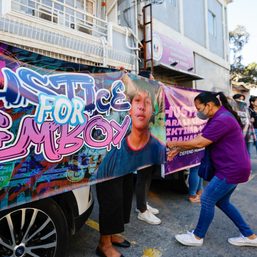
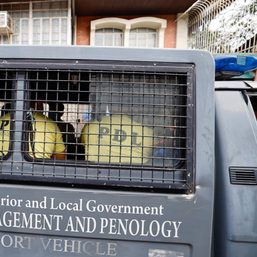
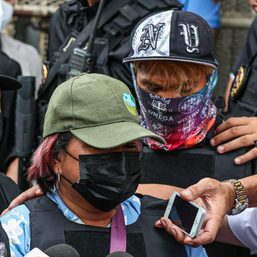
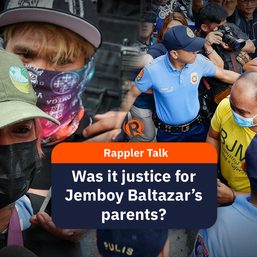
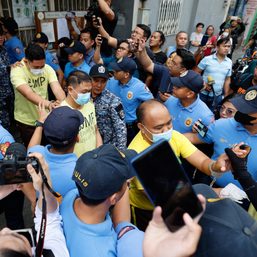
There are no comments yet. Add your comment to start the conversation.